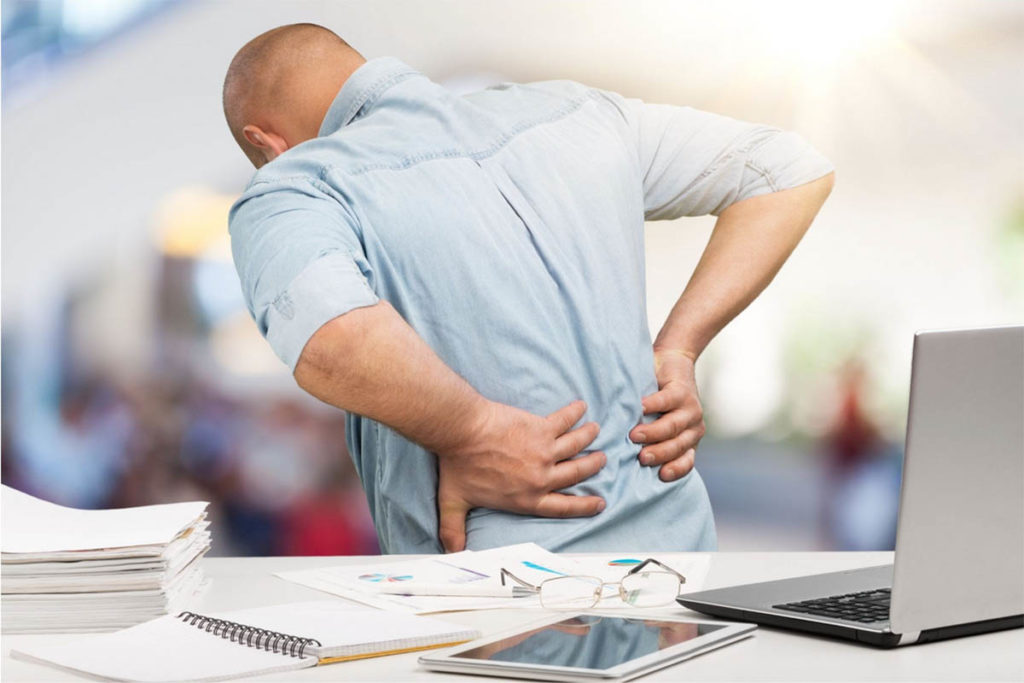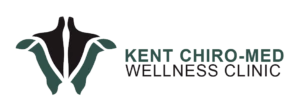Table of Contents
Are you suffering from severe back pain? You may be dealing with one of the disc injuries like disc sprains, disc herniation, or disc degeneration. Our expert physiotherapists and chiropractors have successfully managed several patients suffering from disc injuries using non-invasive, non-surgical methods. In this article, we will discuss different types of disc injuries, their symptoms, and how physiotherapy can help.
A disc injury, simply put, happens when the cushion-like discs between the vertebrae in our spines become damaged or compromised. This may occur due to several reasons, including physical trauma, poor posture, or even the natural process of aging.
In Ottawa, many of us are no strangers to disc injuries. It’s a prevalent condition that affects a significant portion of our community. Whether it’s a result of our active, outdoor lifestyle, long hours at work in front of computers, or something else entirely, it’s a reality we face.
But why is it so important for us to talk about this? Disc injuries, if left untreated, can severely affect our quality of life. They can cause chronic pain, limit our mobility, and even lead to more serious health complications down the line. It’s crucial that we not only educate ourselves about disc injuries but also understand the importance of seeking appropriate treatment as soon as possible.
So, whether you’re someone who’s currently suffering from a disc injury or you’re simply keen on learning more about this condition, this guide is for you. Let’s delve deeper into the world of disc injuries – their causes, impacts, treatment options, and how we can prevent them. Together, we can work towards healthier, pain-free lives.
Understanding Disc Injuries
In the simplest terms, disc injuries occur when the soft, cushioning discs positioned between our vertebrae get damaged or impaired. These discs act like shock absorbers for our spine, allowing us to move freely and flexibly. When these become injured, it results in pain, discomfort, and a significant limitation in our movement.
Different Types of Disc Injuries
-
Herniated Disc:
This happens when the soft inner material of the disc leaks out through a tear in the outer layer, often causing pain as it irritates nearby nerves. -
Bulging Disc:
In this case, the disc bulges out of its normal place but without a tear. It might not be as painful as a herniated disc unless it presses on a nerve. -
Degenerative Disc Disease:
This is a condition in which the discs naturally wear out as we age. It can lead to a herniated disc or spinal stenosis (narrowing of the spine).


Common Causes of Disc Injuries
Physical Trauma:
Accidents, falls, or heavy lifting can put sudden pressure on the spine, leading to a disc injury.Aging:
As we grow older, our discs begin to lose their flexibility and elasticity, making them more prone to injury.Poor Lifestyle Habits:
Lack of exercise, smoking, or sitting for prolonged periods can also contribute to disc problems.
Typical Symptoms Associated with Disc Injuries
The symptoms of disc injuries can vary greatly depending on the type and severity of the injury, as well as its location. However, some common symptoms include:
Pain:
This can be localized to your back or neck, or it might radiate to other parts of your body such as your arms or legs.
Numbness or Tingling:
These sensations might be felt in the part of the body served by the affected nerves.
Weakness:
Muscles served by the affected nerves tend to weaken, which might affect your ability to hold items or cause you to stumble. It also results in a limited range of motion.
Remember, early detection and treatment of disc injuries can significantly improve your chances of making a full recovery. If you are experiencing any of these symptoms, I highly recommend reaching out to a healthcare professional in Ottawa for an evaluation.

How Do We Treat Disc Injuries in Ottawa at Kent Chiro-Med?
1. Medical Acupuncture
Acupuncture is an effective treatment for relieving the symptoms of a disc injury. It increases blood flow and relaxes the muscles around the affected area, which can speed up healing. Acupuncture is helpful for people who experience muscle spasms or tightness due to herniated discs.
2. Decompression
This process gently stretches the spine, changing its force and position. This stretching takes the pressure off the spinal discs and creates negative pressure in the disc.
3. Physiotherapy
Once the symptoms of disc injury are significantly managed, physiotherapy can help in reducing pain and stiffness and improve your muscle strength and flexibility. Some of the benefits of physiotherapy for the management of disc injuries during the acute phase are pain relief and undoing any compensations of the pelvic floor, which include signs such as a leaking bladder, increased frequency of urination, and increased difficulty defecating. During the acute phase, you will also get a lot of advice on modifying your activity, reducing pain, and guidance on the use of painkillers.
Once the acute phase settles, an expert physiotherapist can help in developing a tailored exercise plan to reduce back pain and prevent any further problems from being caused. Your treatment plan may include:
- Joint mobilisation
- Extension exercises to relieve nerve root irritation and pain.
- Lower back exercises and techniques to help restore normal pain-free mobility and stability of the spine.
- Strengthening exercises to help reduce the recurrence of another disc prolapse.
FAQs
The four stages of disc damage are:
1. Bulging
2. Disc protrusion
3. Disc extrusion
4. Disc sequestration
During these stages, you may experience lower back pain. Our physiotherapy and chiropractic clinic has a proven track record of providing low back pain relief and long-term recovery.
Chiropractic adjustments and physiotherapy can help relieve back pain. We also recommend using the correct posture while bending and lifting. Over-the-counter medicines may also provide relief from back pain.
Sciatica can cause sharp pain in the back that radiates down the leg. In contrast, a disc injury can cause numbness or weakness in an arm or a leg, along with severe back pain. Both back pain and sciatica can be treated with physiotherapy and massage.
Don't let disc injuries hold you back
From diagnosis to treatment and rehabilitation, we're here to support you every step of the way.


